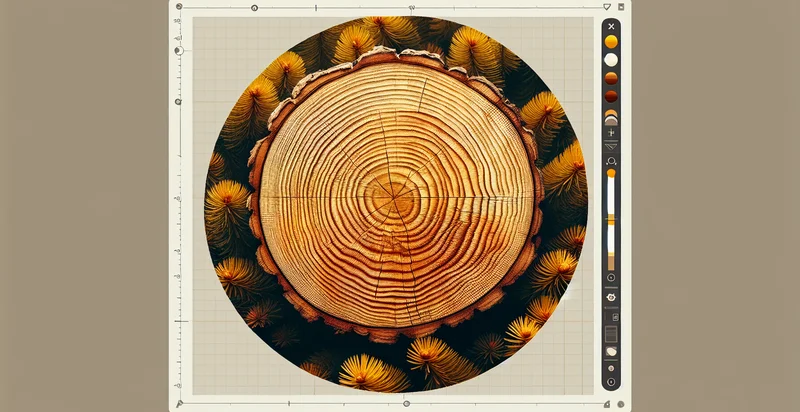Identify if tree is a fir
using AI
Below is a free classifier to identify if tree is a fir. Just upload your image, and our AI will predict if the tree is a fir - in just seconds.

Contact us for API access
Or, use Nyckel to build highly-accurate custom classifiers in just minutes. No PhD required.
Get started
import nyckel
credentials = nyckel.Credentials("YOUR_CLIENT_ID", "YOUR_CLIENT_SECRET")
nyckel.invoke("if-tree-is-a-fir", "your_image_url", credentials)
fetch('https://www.nyckel.com/v1/functions/if-tree-is-a-fir/invoke', {
method: 'POST',
headers: {
'Authorization': 'Bearer ' + 'YOUR_BEARER_TOKEN',
'Content-Type': 'application/json',
},
body: JSON.stringify(
{"data": "your_image_url"}
)
})
.then(response => response.json())
.then(data => console.log(data));
curl -X POST \
-H "Content-Type: application/json" \
-H "Authorization: Bearer YOUR_BEARER_TOKEN" \
-d '{"data": "your_image_url"}' \
https://www.nyckel.com/v1/functions/if-tree-is-a-fir/invoke
How this classifier works
To start, upload your image. Our AI tool will then predict if the tree is a fir.
This pretrained image model uses a Nyckel-created dataset and has 2 labels, including Is Fir and Is Not Fir.
We'll also show a confidence score (the higher the number, the more confident the AI model is around if the tree is a fir).
Whether you're just curious or building if tree is a fir detection into your application, we hope our classifier proves helpful.
Related Classifiers
Need to identify if tree is a fir at scale?
Get API or Zapier access to this classifier for free. It's perfect for:
- Forest Management: This identifier can assist forestry experts in accurately categorizing tree species in various forest regions. By identifying fir trees among other species, forest managers can make informed decisions about conservation practices and sustainable harvesting.
- Environmental Monitoring: The fir tree identifier can play a vital role in ecological studies by tracking changes in tree populations over time. Researchers can monitor fir trees’ health and abundance, contributing valuable data to climate change studies and biodiversity assessments.
- Landscaping Services: Landscaping companies can utilize the identifier to recommend appropriate trees for residential and commercial developments. By accurately identifying fir trees, landscapers can design aesthetically pleasing and ecologically balanced environments for their clients.
- Timber Industry: In the timber industry, this function can streamline the sorting process for logs based on species. Identifying fir trees can help mills optimize their production processes and ensure the right materials are sourced for specific products.
- Education and Training: Educational institutions can implement this identification function in biology and environmental science programs to train students on tree classifications and ecosystems. It provides a practical tool for hands-on learning and enhances students' understanding of tree species.
- Urban Planning: City planners can leverage the identifier to assess and enhance urban greenery. By knowing the locations and distributions of fir trees in urban areas, planners can develop green spaces that support local ecosystems and improve urban biodiversity.
- Mobile Applications: Developers of nature-related mobile applications can incorporate the fir tree identifier to enhance user engagement. Outdoor enthusiasts and hikers can use the app to learn more about the trees they encounter, fostering appreciation for local flora and encouraging conservation efforts.


